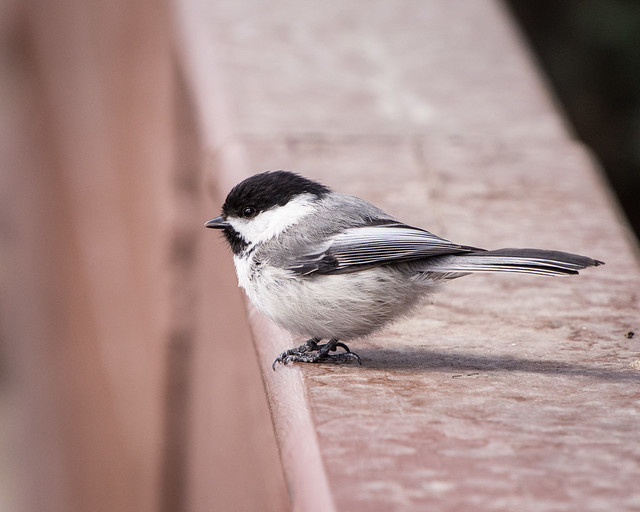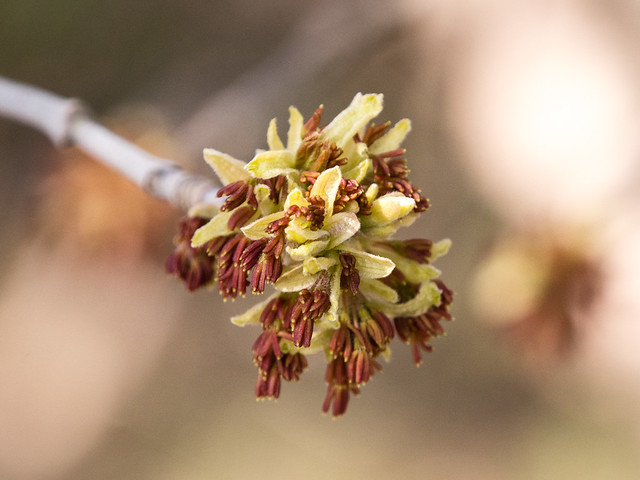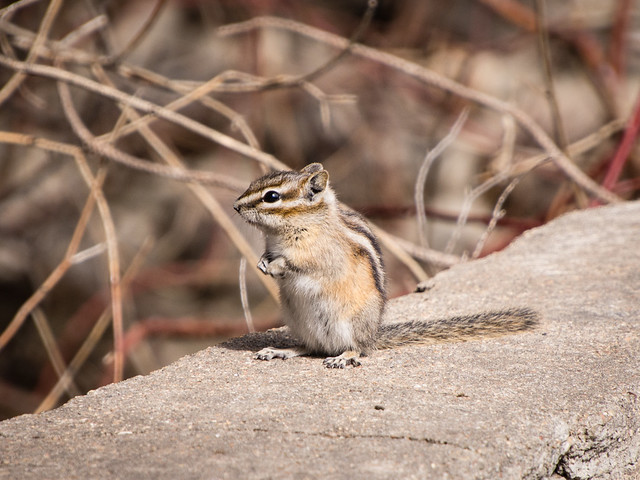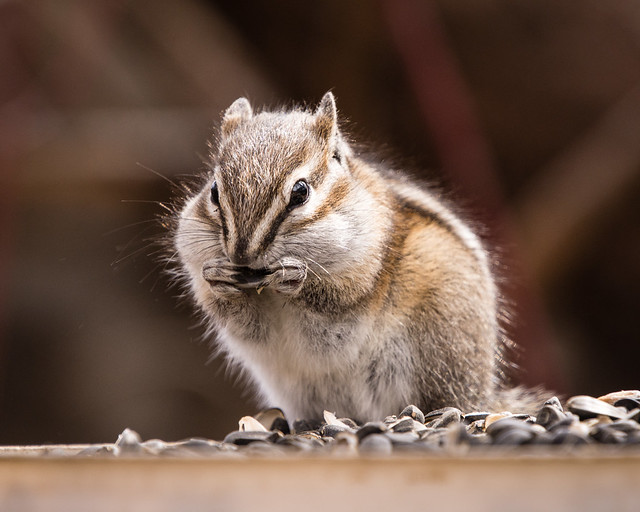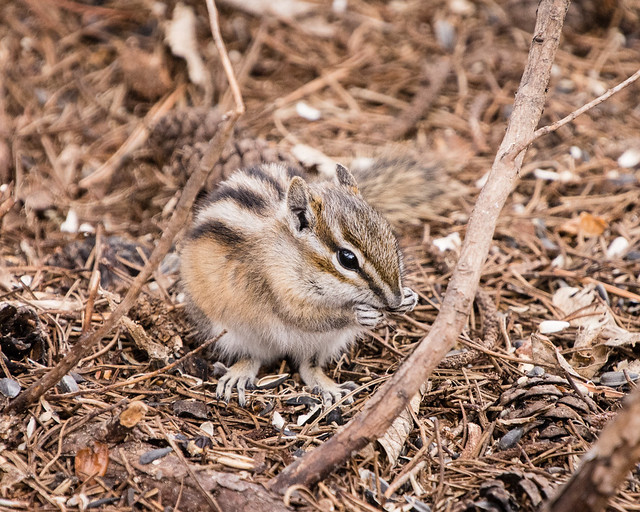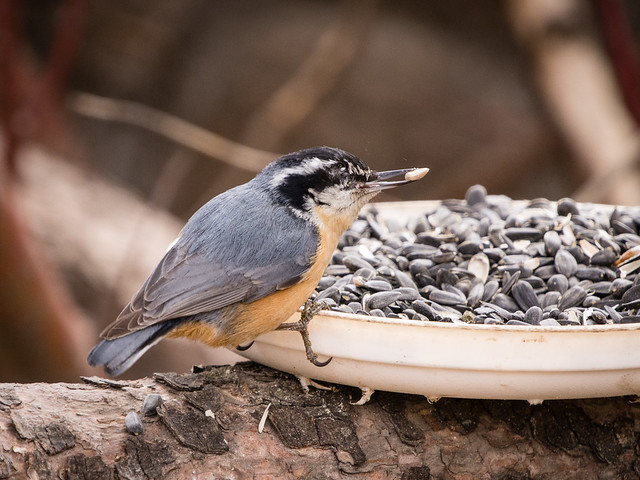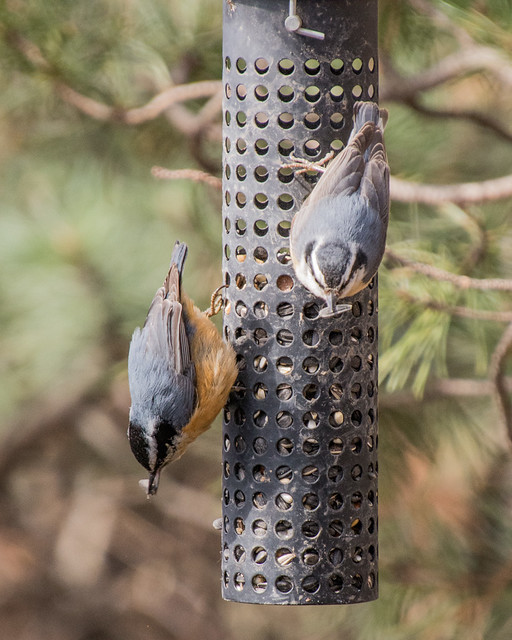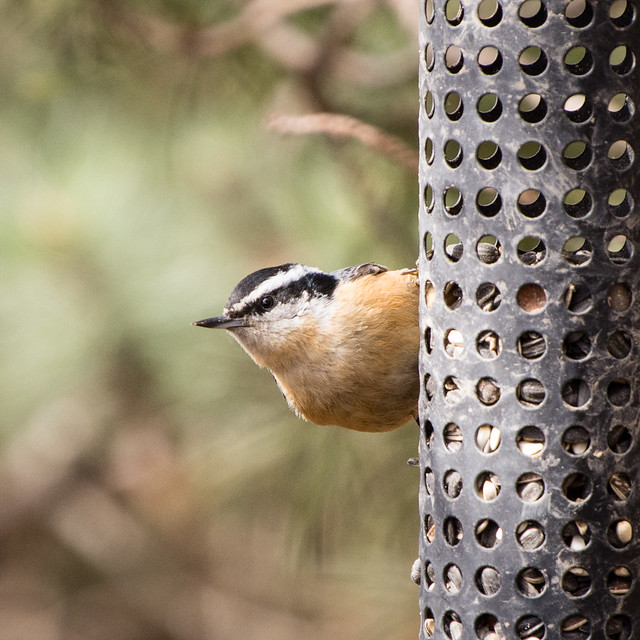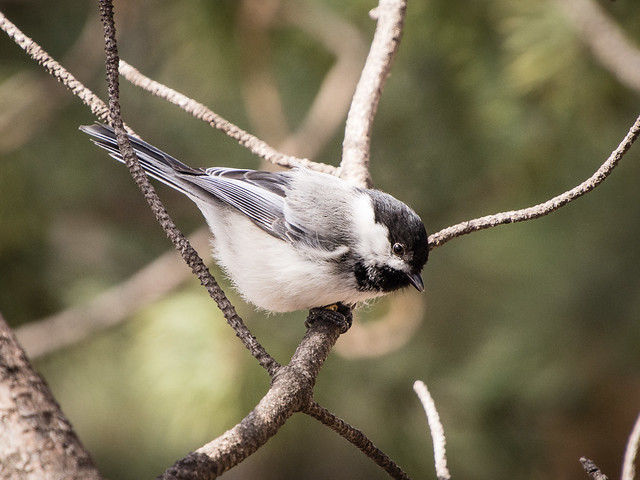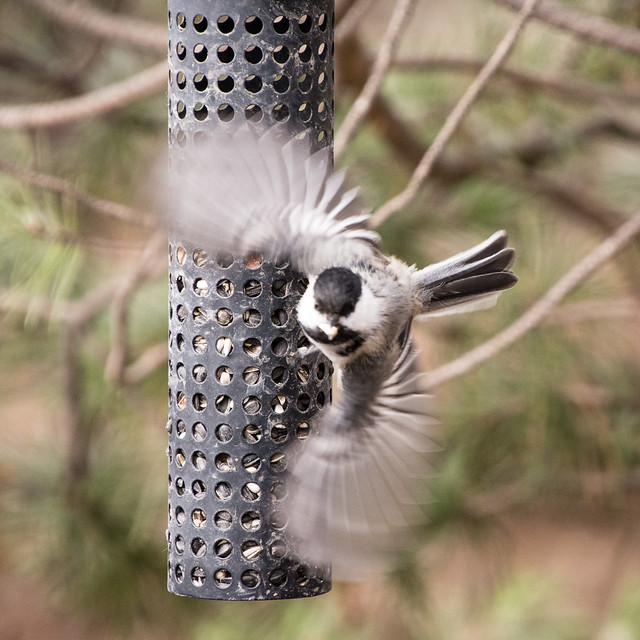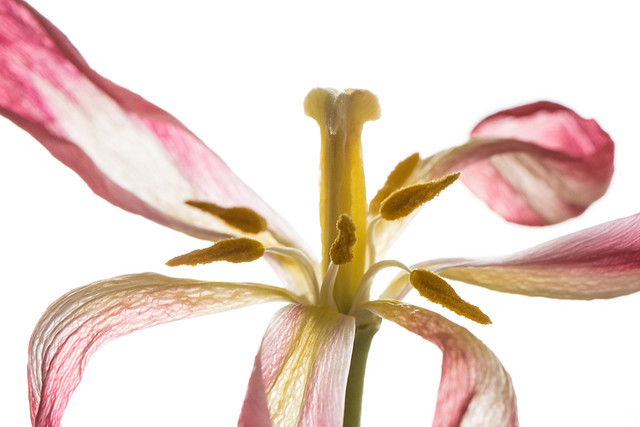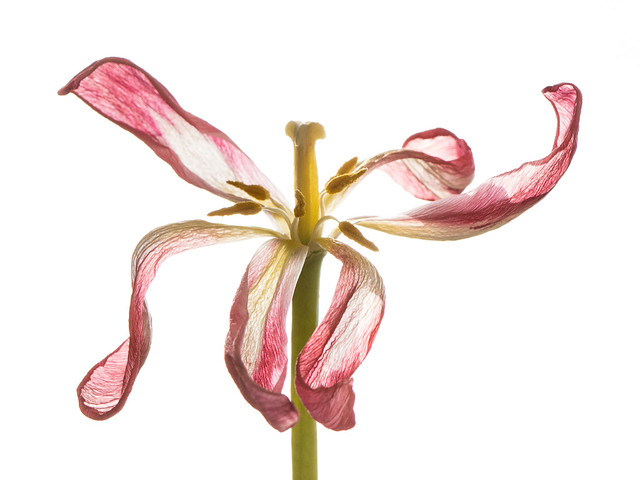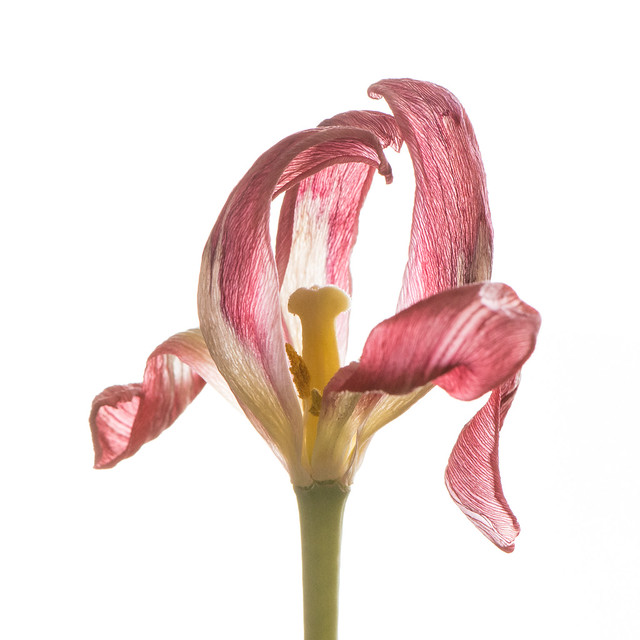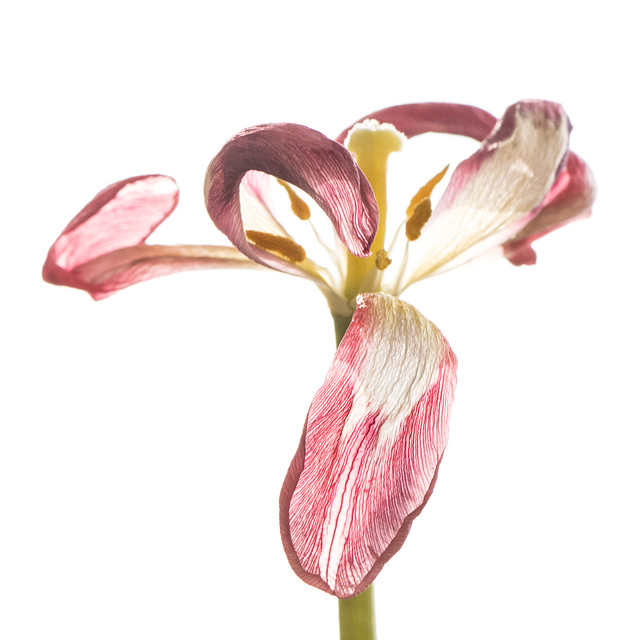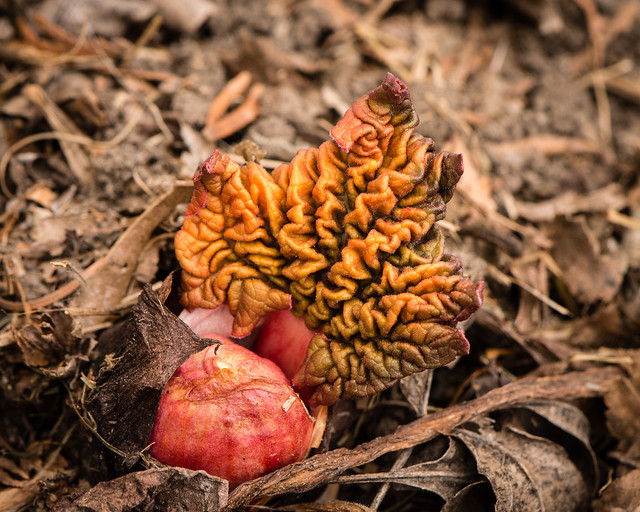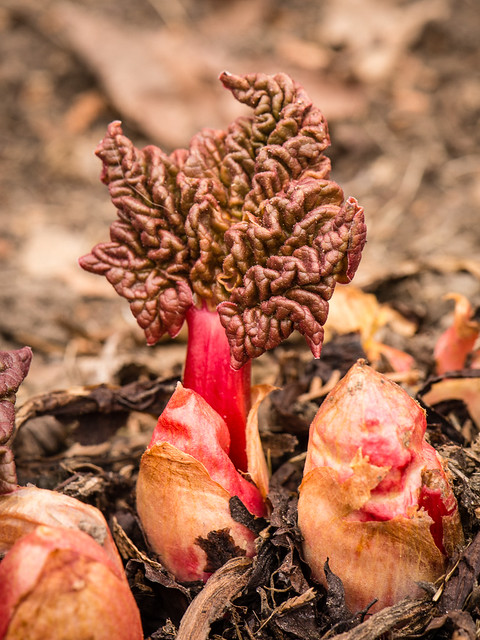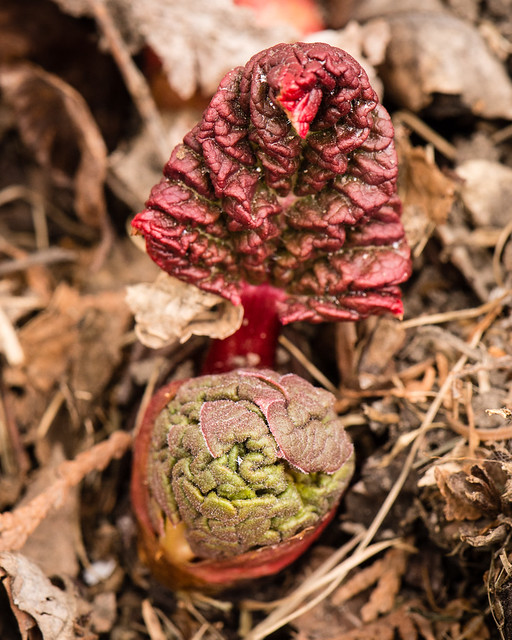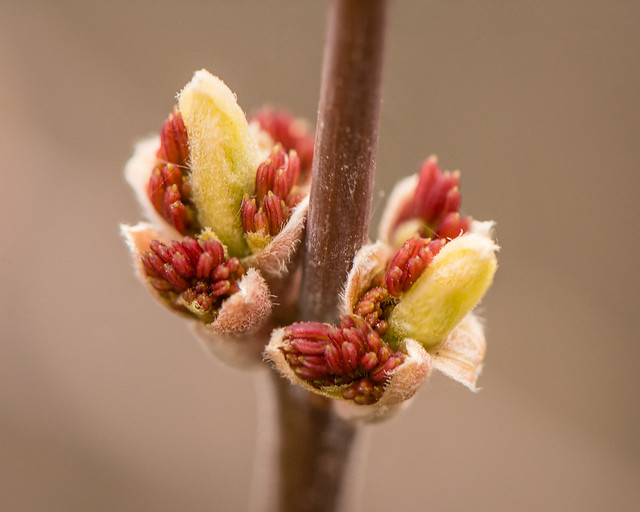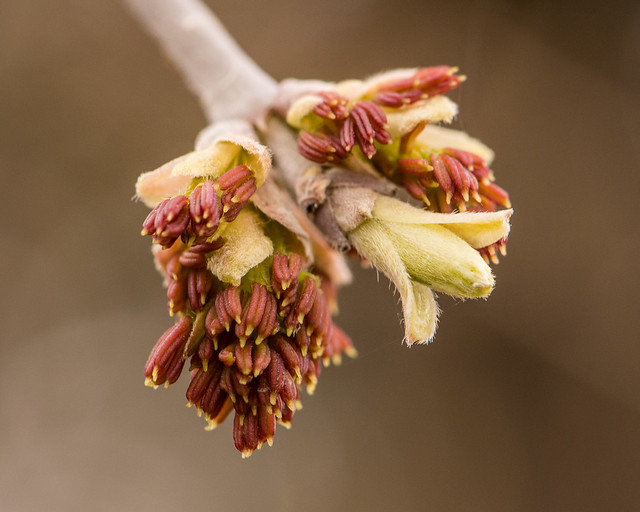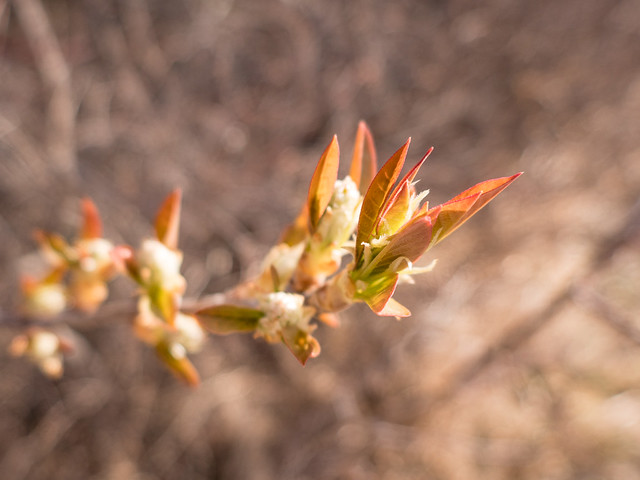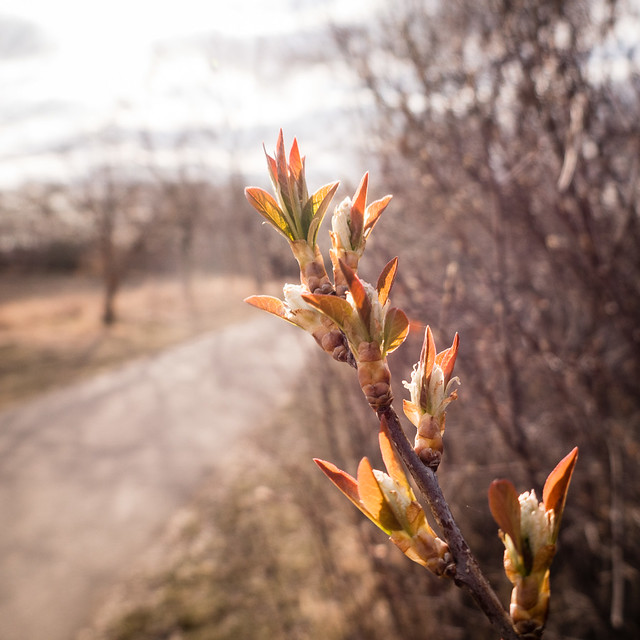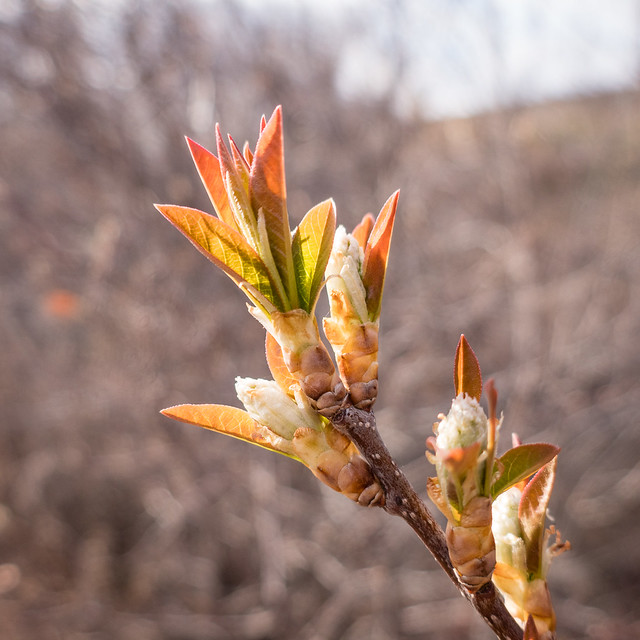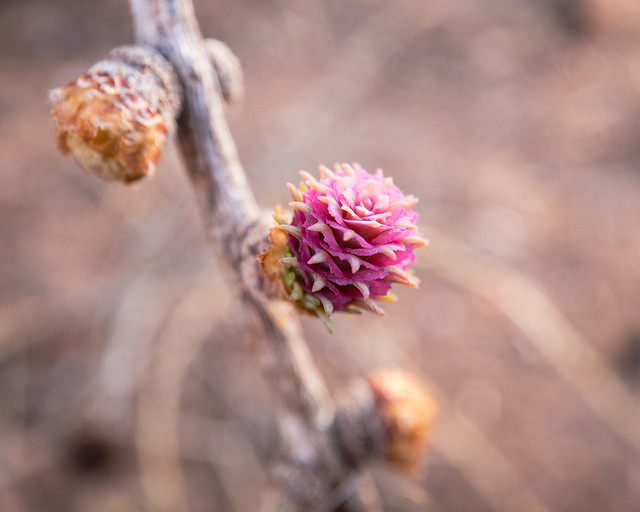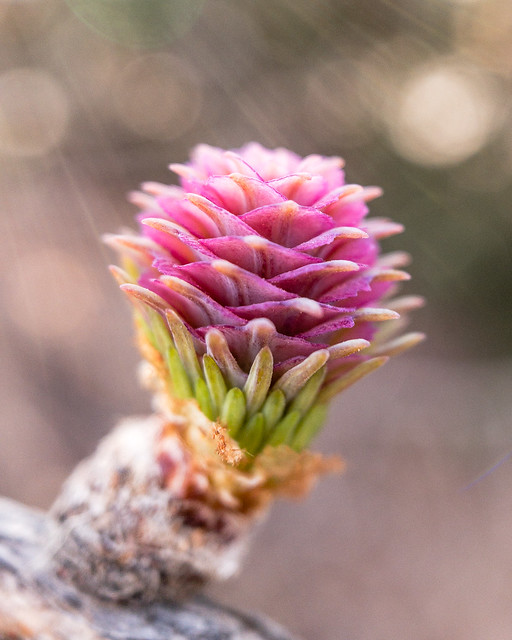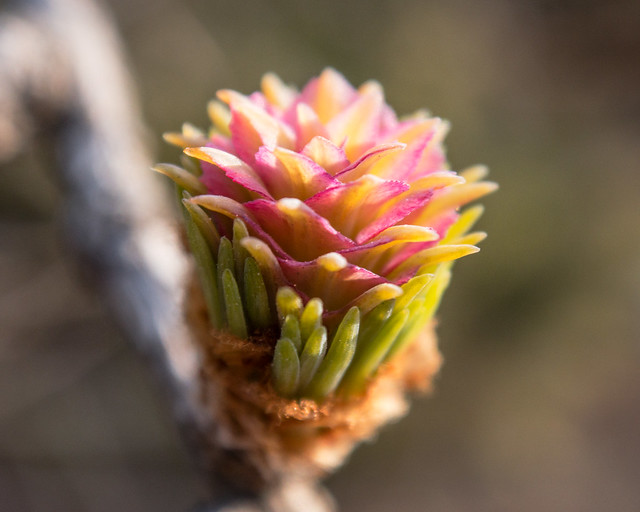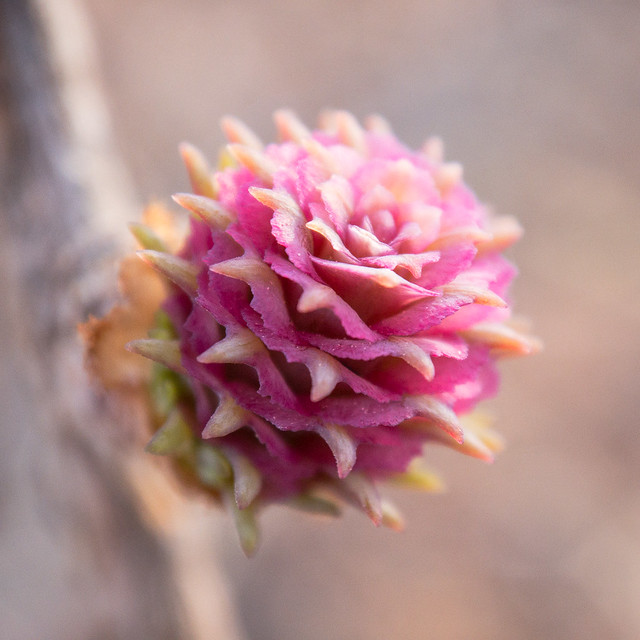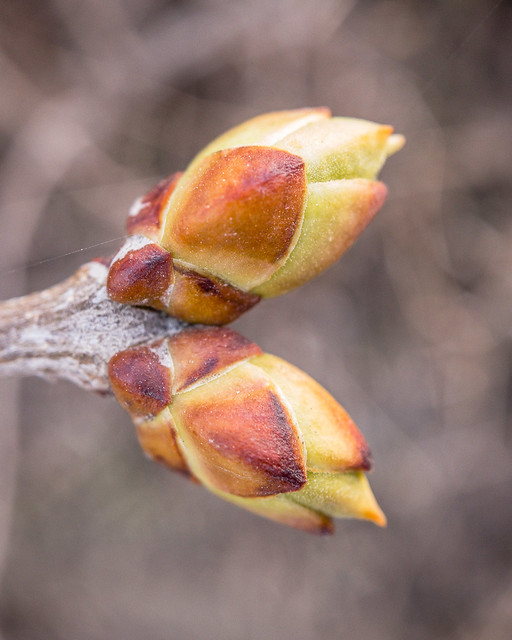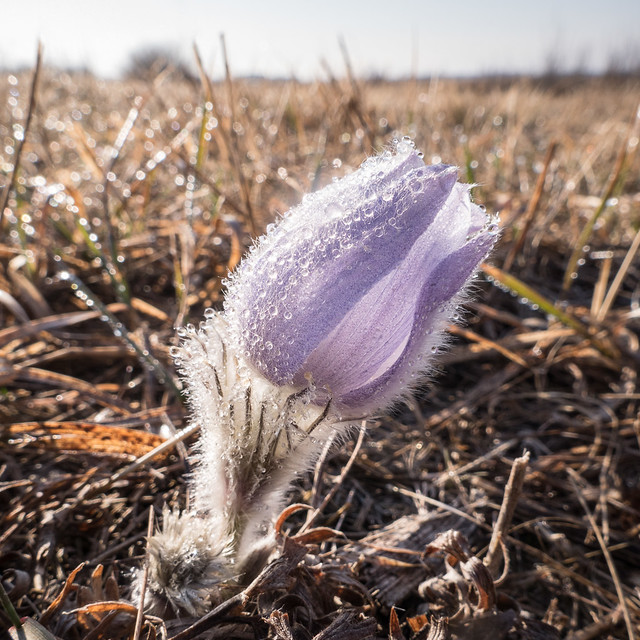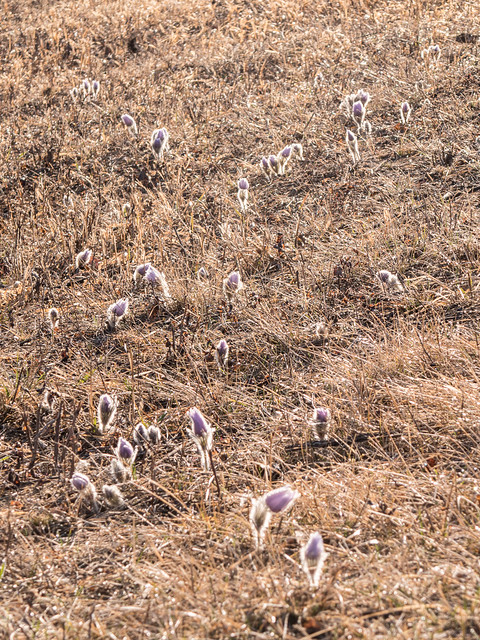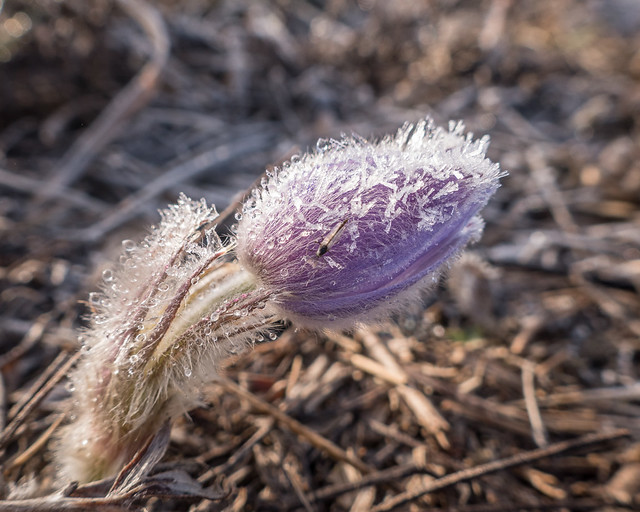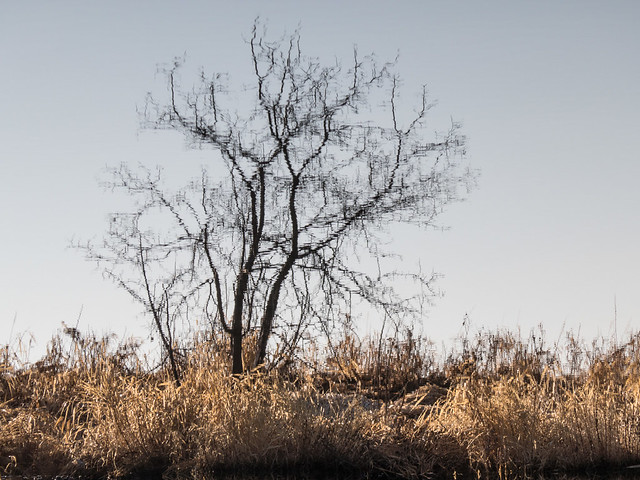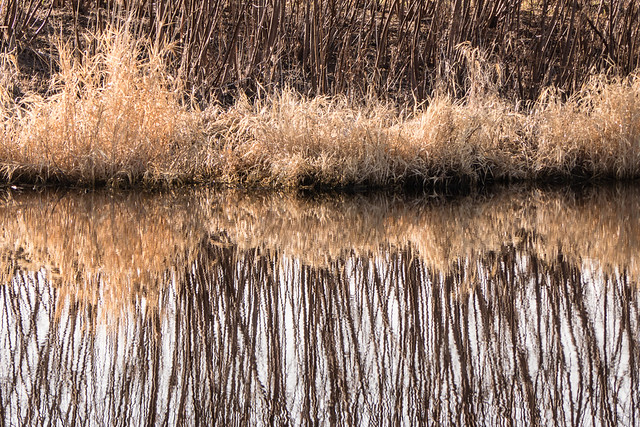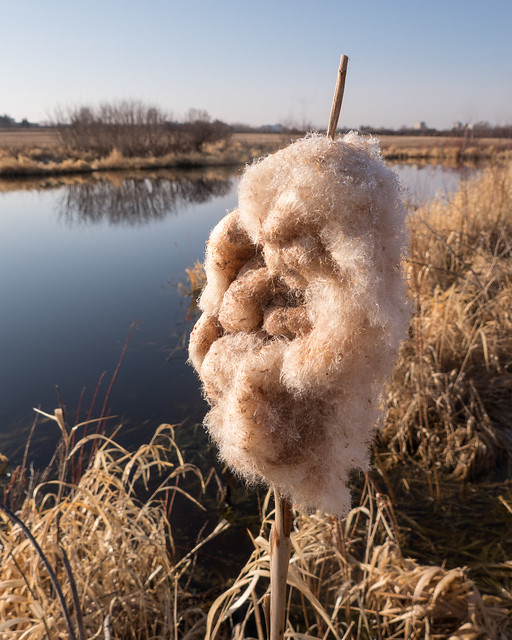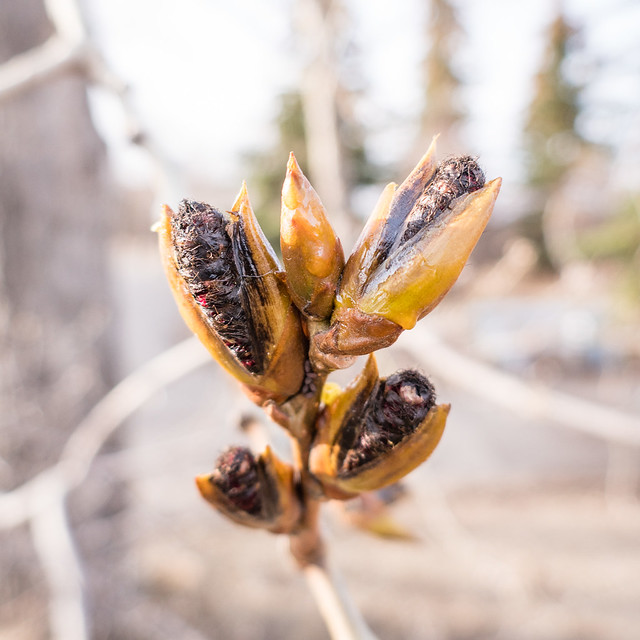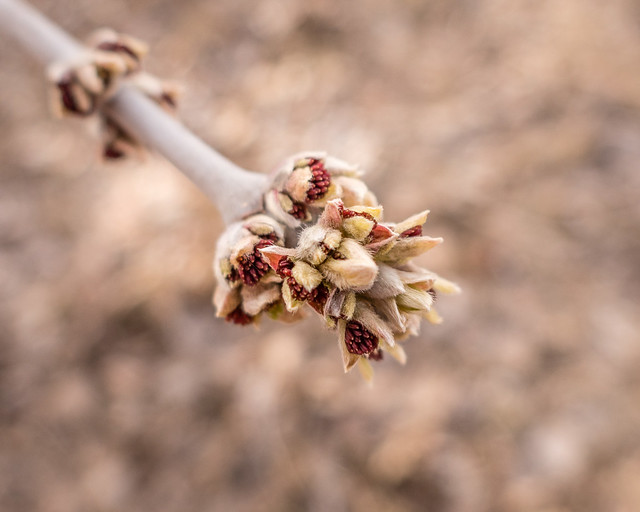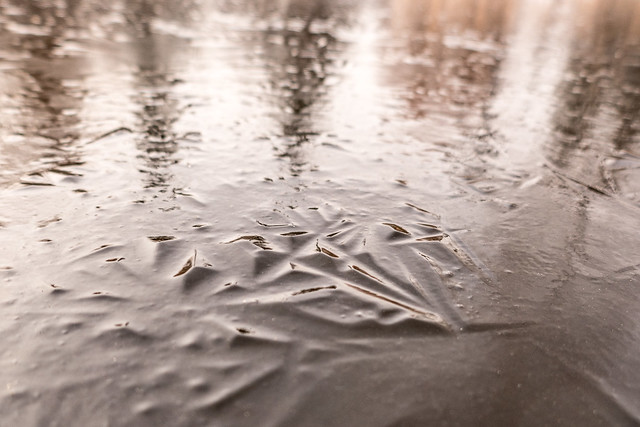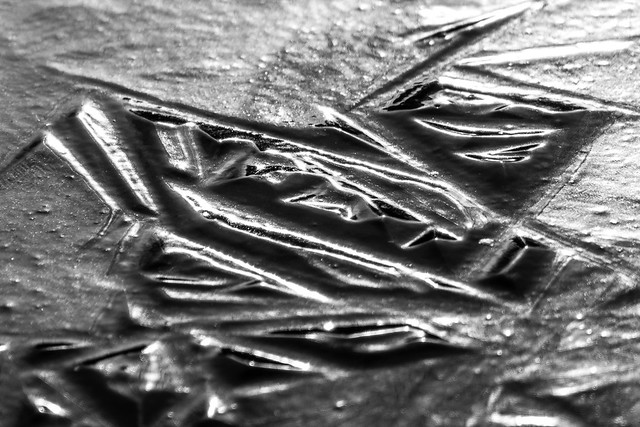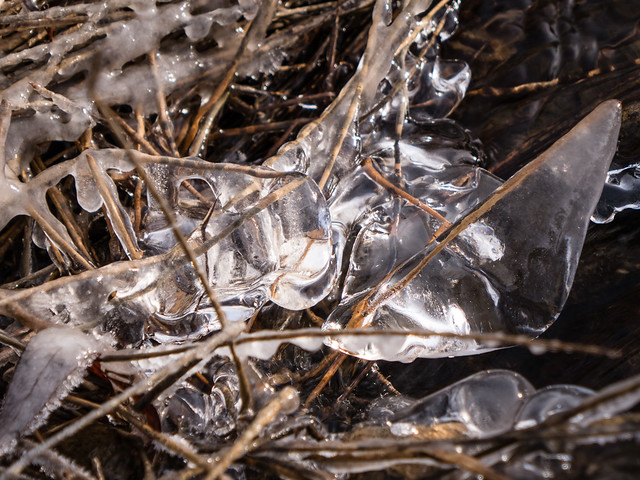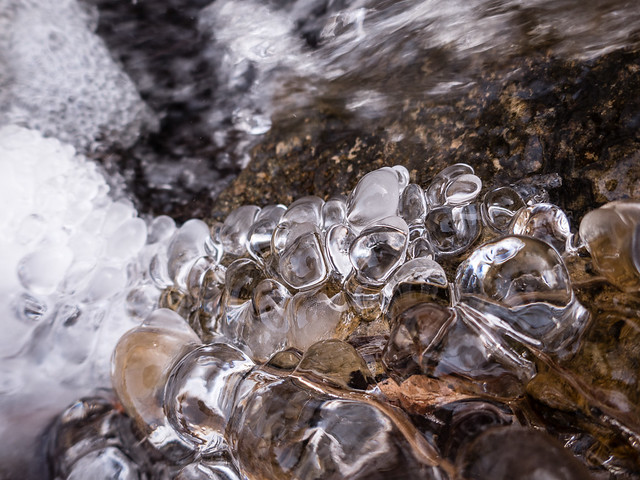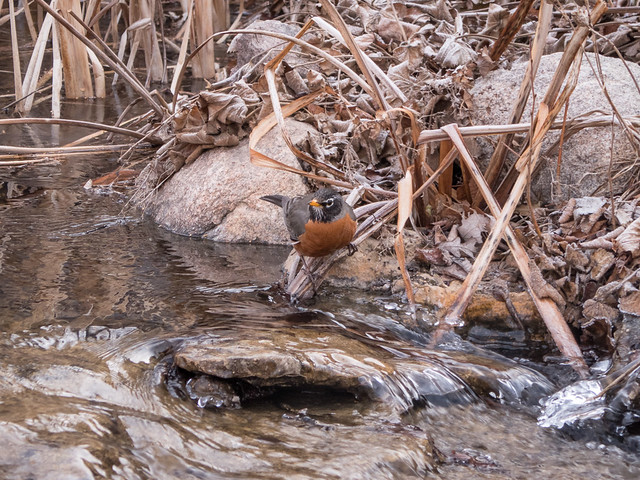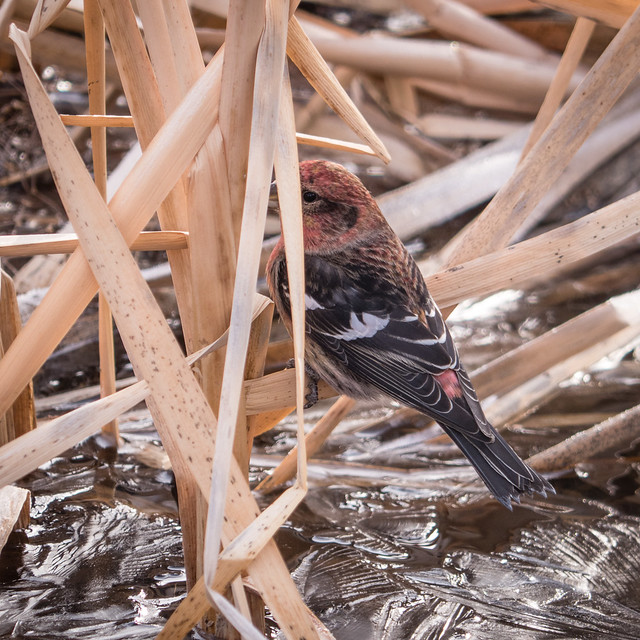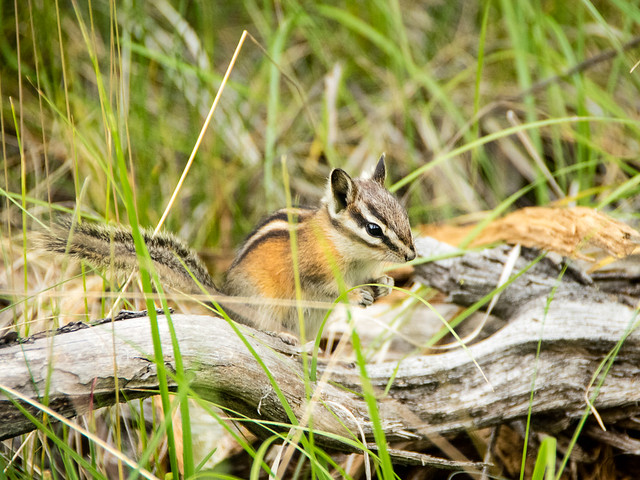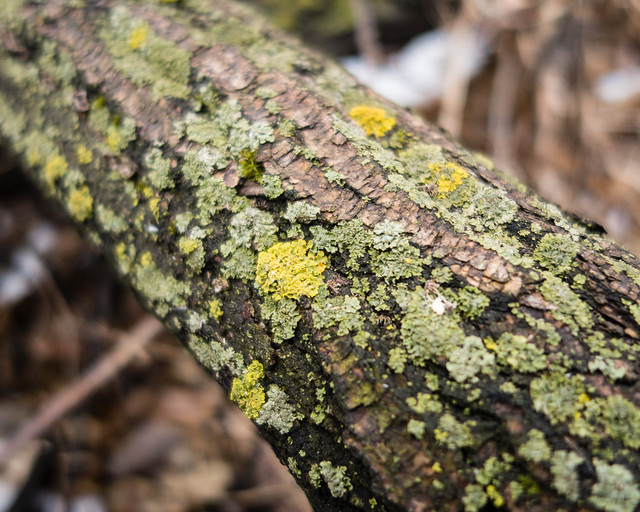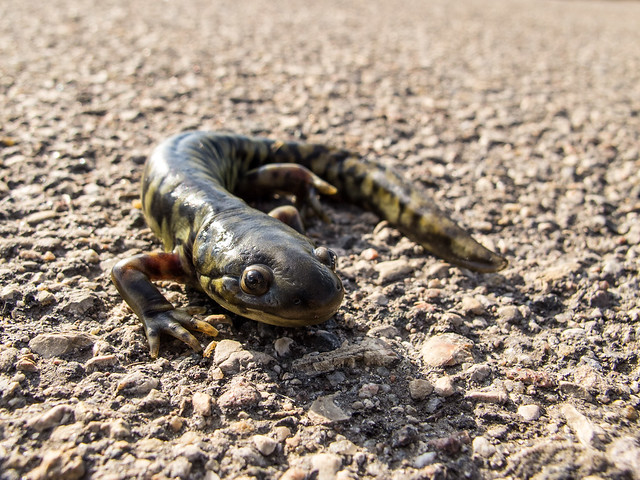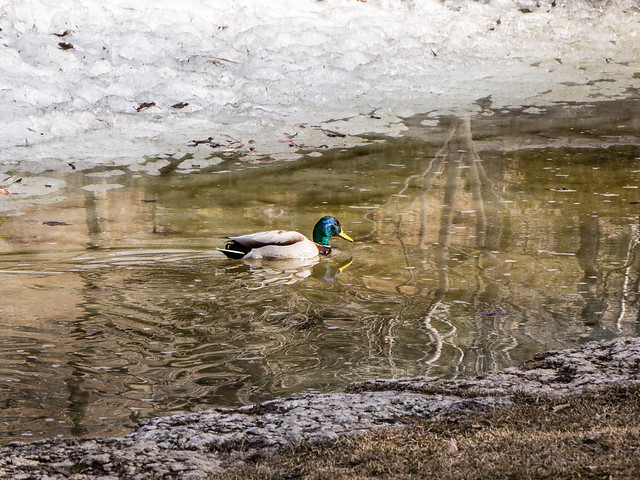
Ducks and geese often check out the pond at Innovation Place. This Mallard duck didn't have much open water around the ice.
I haven't seen any beavers yet this spring, but there are lots of signs of them. Unfortunately, they are cutting down quite a few older trees along the east side of the river. The city and Meewasin are quiet about it but sadly they've been know to try to get rid of the beavers. Which doesn't even work - it's far too easy for beavers to move along the river. I'd prefer that the city put their efforts into wrapping the big trees with chicken wire and letting the beavers have the smaller stuff. Of course it's different when the city butchers the trees along Spadina to build a bigger path for humans. Decades to grow those beautiful old trees, and five minutes with a chain saw to get rid of them. "Progress" :-(
Beavers are destructive but at least their destruction is quickly self limiting - after they cut down all the trees in an area they are forced to move on. Unfortunately the feedback is much slower with human caused destruction of the ecosystem. And we don't have any other planets to move on to.
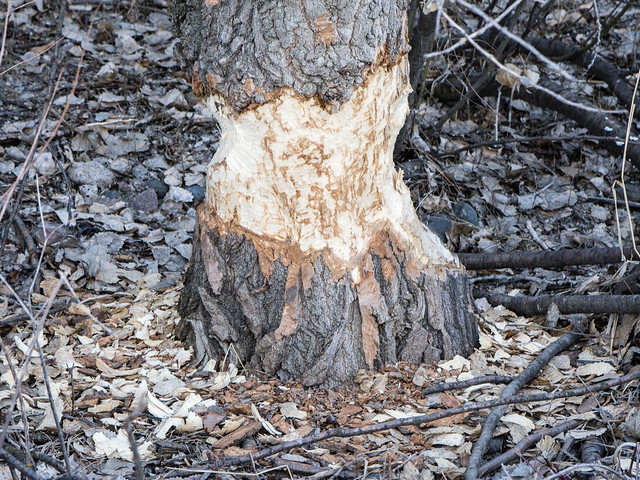
I had my macro lens on for the crocuses so I took the opportunity to photograph some of the lichen on the rocks. It's nice to see healthy lichen since it's a sign of good air quality.
You can either try to stay within the shallow depth of focus,
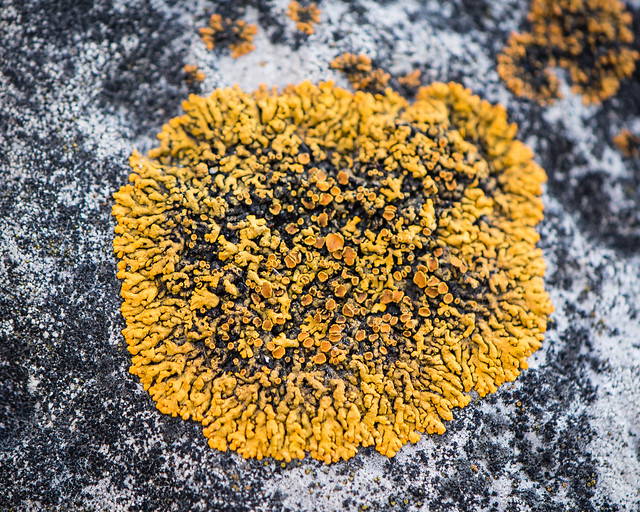
or let it be part of the image.
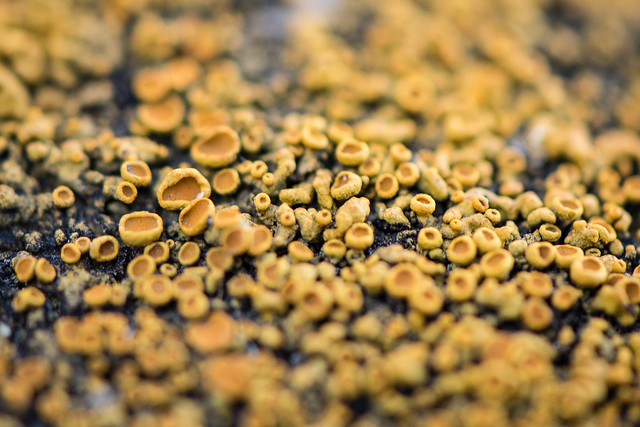
One of the first things to turn green at Innovation Place is a small patch of moss (or at least that's what it looks like). I always try to photograph it, but I find it a difficult subject. I like the colors in this shot.
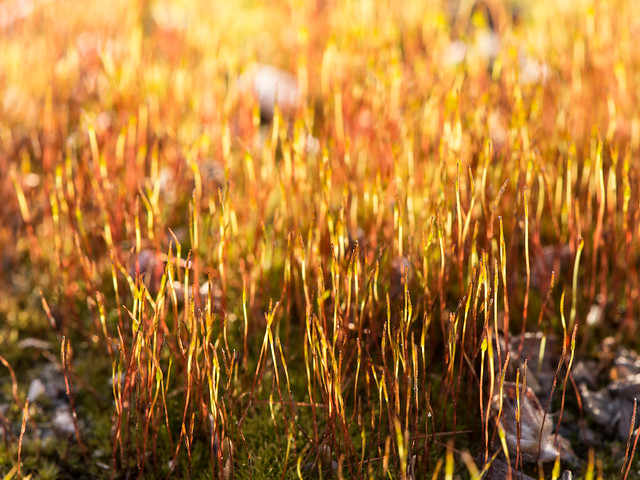
I always enjoy monitoring the progress of the trees flowering. This isn't the obvious flowering trees like the cherries and crabapples (which are later in the spring), this is the regular trees that most people probably don't even notice are flowering. It's interesting how some trees in a group will flower sooner than others. And sometimes just one branch of a tree.
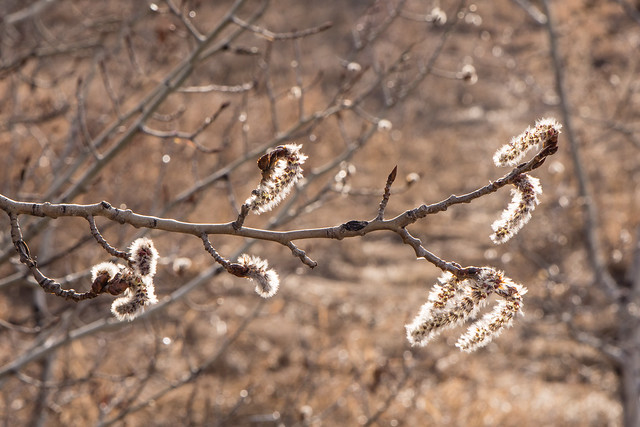
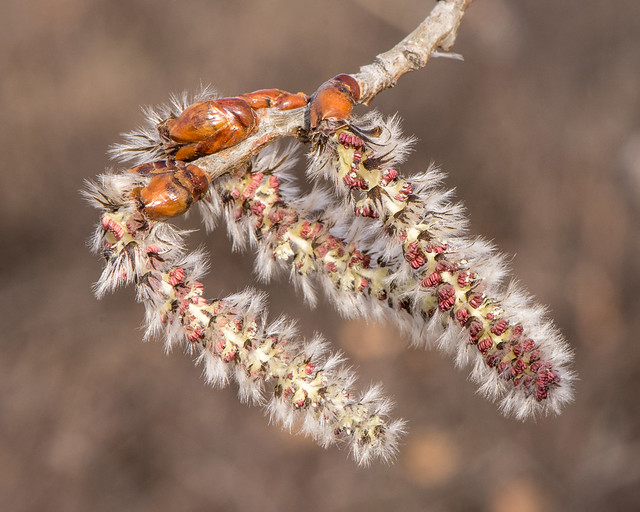
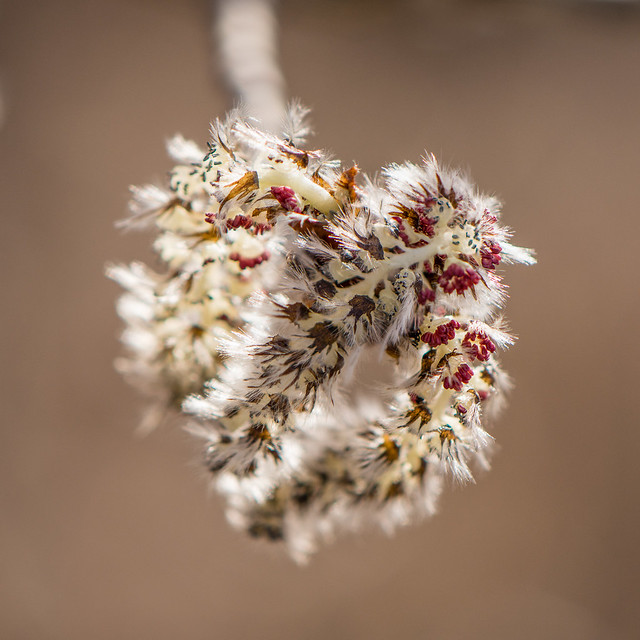
The
larches have interesting flowers. These buds are just starting to develop.
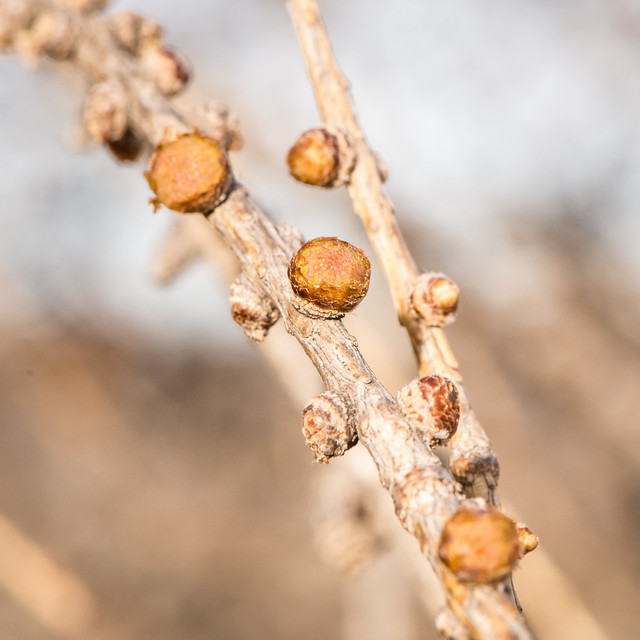
Other trees have less flashy, but still interesting buds:
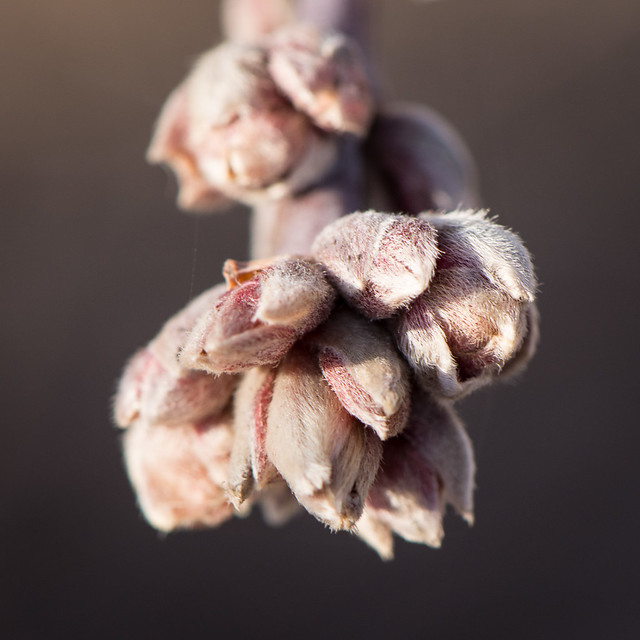
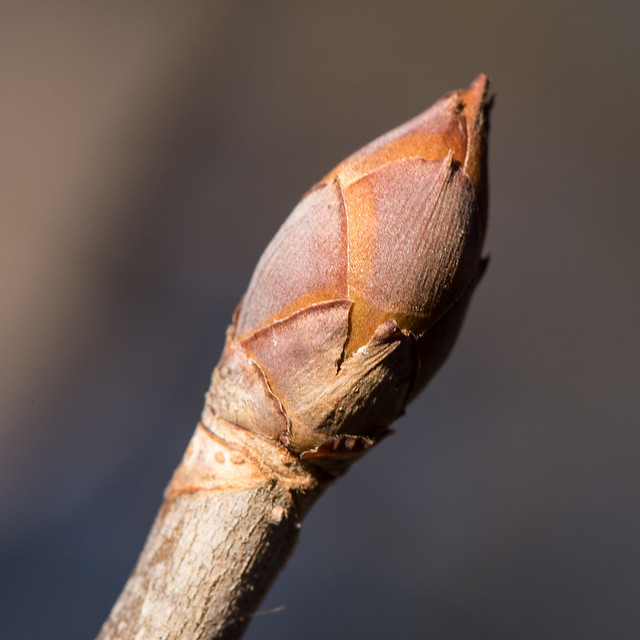
It's always a good sign of spring when the robins return and join the chorus. It took me a minute to locate the source of the birdsong in the top of this tree (with a healthy crop of pine cones!)
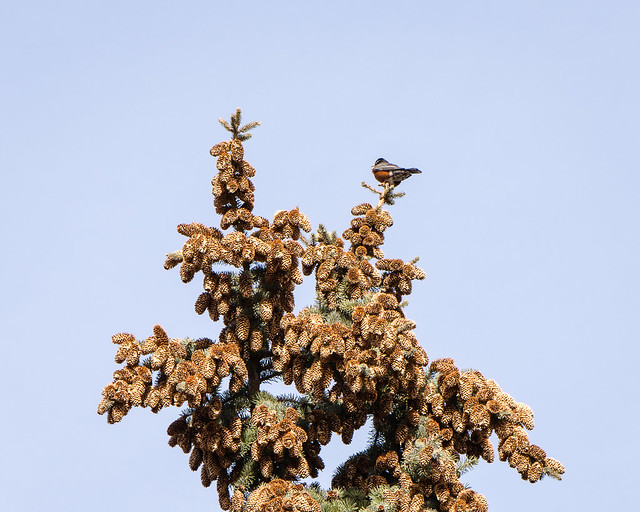
The pair of jackrabbits around Innovation Place are fairly tolerant of people but if you get too close or move too suddenly they will still run away. Everything I've read says white-tailed jackrabbits are nocturnal and hide during the day. But these two missed that memo. From my office window I see them running throughout the middle of the day. Of course, they are easier to spot this time of the year when they are still quite light colored.
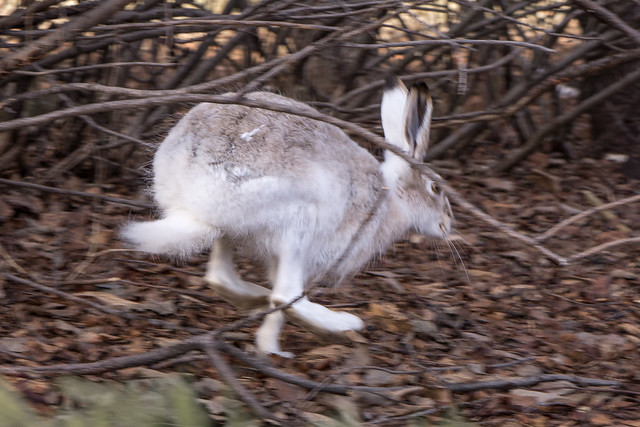 See all 27 photos
See all 27 photos
